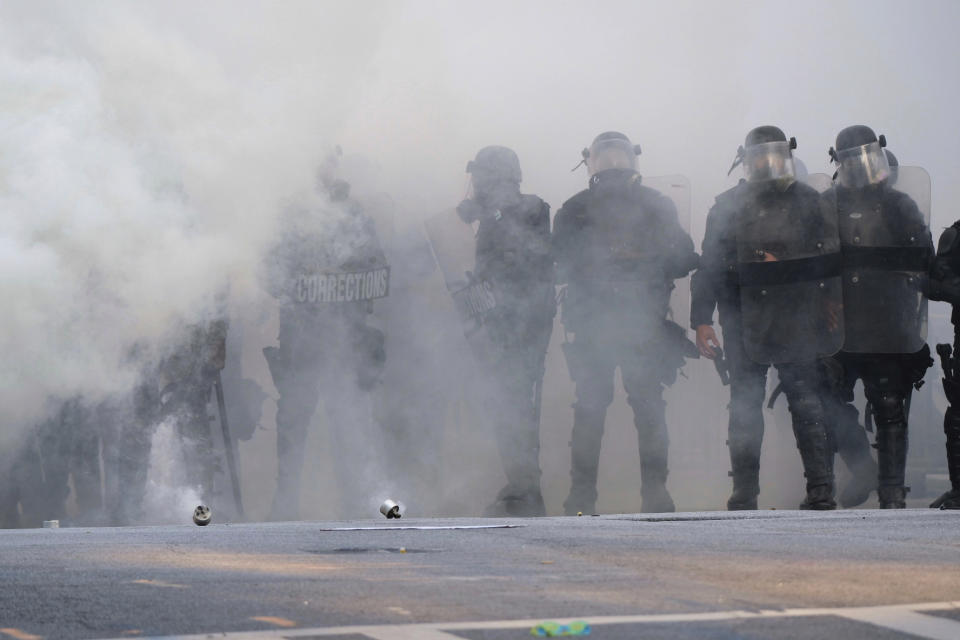Why 2020 is a lot similar to — and a lot different than —1968
Picture the scene: A hotly contested presidential election taking place against a tinderbox of social tensions that ignite violent street protests. Add in a raging pandemic, a space mission, and the U.S. struggling to extricate itself from a grinding war, and you have the makings of a tumultuous year.
A casual observer would likely recognize the above scenario as 2020 (which it is). However, it also mirrors the scene in 1968, a past which some analysts say serves as a prologue for the current moment — especially with a stock market that’s defying the gravitational pull of a society in turmoil.
According to data from Tom Lee, the Veteran Wall Street analyst from Fundstrat, the S&P 500 Index (^GSPC) tumbled 9% from January to March, only to soar by nearly 24% into the year's end. That move echoed the 2020 stock market’s blood-curdling plunge to multiyear lows in March, which has since begun a new bull run.
Over 50 years ago, in a year that observers declared “shattered America,” festering political and racial tensions led to violent clashes that spilled over into the presidential race.
Then, as now, a worldwide virus outbreak (the H3N2 avian flu in 1968) eventually killed over 100,000 in a society weary of a foreign war (Vietnam in 1968, Afghanistan in 2020).
And as was the case in 1968, the U.S. was transfixed by the sight of a spacecraft making history (the Apollo 8 then, and SpaceX’s weekend voyage to the International Space Station, a first for a commercial space company).
“So 2020 and 1968 also share the ‘disconnect’ between the stock market and the political turmoil, violence and general ugly mood of America,” Lee wrote in a research note on Monday.
“It is a reminder that the equity markets are not ignoring the economic crisis,” he added — but reflect how investors are trying to calibrate asset prices against the events buffeting them.
“Think about this in the modern context. The stock market does not always fall in an environment of political turmoil and pandemic disease,” Lee added. The events of 50 years ago are “a reminder that what we are seeing in 2020 [are] echoes of 1968.”

The COVID-19 wildcard
To be certain, the parallels between the two years aren’t entirely similar. The 1968 economy was actually a banner year for jobs and growth — both of which have been devastated in 2020 by the COVID-19 crisis.
In fact, the convergence of the novel coronavirus, and the protests that forced several cities to institute curfews just as they began relaxing restrictive stay at home orders, are amplifying new concerns over the economic recovery.
Christopher Versace, chief investment officer at Tematica Research, told Yahoo Finance on Monday that he was concerned the popular uprising “could jumpstart cases in the coronavirus, thereby reigniting some of the recent fears.”
Scenes of angry protesters not adhering to strict social distancing protocols recommended by public health officials have fanned concerns that the demonstrations may hasten a second wave of COVID-19 infections, just as cases had begun tapering off in hot zones like New York City.
Versace added that “we're just starting to put the pandemic in the rearview mirror. We're starting to see parts of the country reopen. This, again, could be another setback for near-term economic expectations.”
Javier David is an editor for Yahoo Finance. Follow him on Twitter: @TeflonGeek
Follow Yahoo Finance on Twitter, Facebook, Instagram, Flipboard, LinkedIn, and reddit.
Find live stock market quotes and the latest business and finance news


